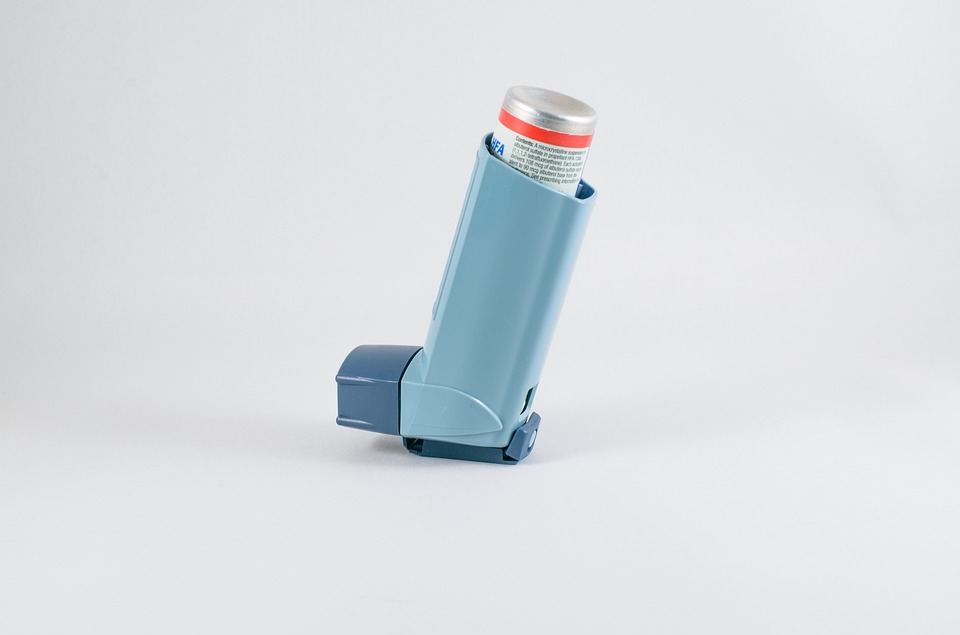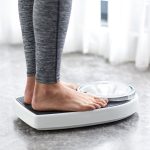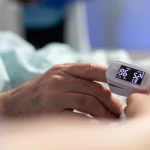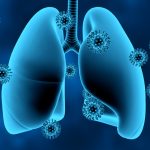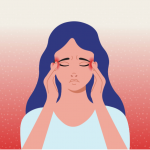If a person struggles to breathe on their own, a respiratory machine can be used to help facilitate their breathing and provide the oxygen they need. Here are five common types of breathing machines that are used to treat individuals suffering from a wide variety of issues.
Table of Contents
CPAP Breathing Machine
A CPAP machine, or a continuous positive airway pressure machine, is designed to help people diagnosed with sleep apnea breath better when sleeping at night. Sleep apnea is a common sleep disorder that causes an individual to stop breathing for short periods while sleeping. It can be caused by relaxed throat muscles, obesity, genetics or medical issues. A CPAP machine uses a face mask connected by a tube to a filter and small water tank to help increase the air pressure in the throat. This keeps the airway from collapsing when inhaling and helps decrease loud snoring.
BiPAP Breathing Machine
A bilevel positive airway pressure (BiPAP) machine is similar to a CPAP machine. It can also be used for treating sleep apnea in addition to other respiratory issues such as pulmonary edema, chronic obstructive pulmonary disease, or respiratory failure without resorting to more invasive forms of treatment. The main difference between BiPAP and CPAP is that BiPAP provides both an inhale pressure and an exhale pressure while monitoring breathing. A CPAP only delivers inhale pressure.
Asthma Nebulizer
An asthma nebulizer helps individuals with asthma to receive liquid medication into their lungs by converting the liquid into a mist, which is breathed in using a mask or mouthpiece. Nebulizers are the best way to administer asthma medication to infants, young children, and people unable to effectively use an inhaler. However, nebulizers are less portable than an inhaler, require electricity to function, and take approximately 10 minutes to use.
Ventilator
A ventilator, also referred to as a breathing machine or respirator, helps patients breathe by providing pure oxygen to their lungs through a breathing tube placed into the mouth or trachea. They are required whenever an individual cannot breathe on their own due to illness, injury, or recent surgery. Ventilators are often used in both hospitals and long-term care facilities and require close monitoring.
Oxygen Concentrator
An oxygen concentrator delivers pure oxygen using a nose tube or a mask. Unlike an oxygen tank that provides oxygen for a limited amount of time before needing to be replaced, a concentrator uses an electric battery and the surrounding atmosphere to continuously create oxygen.

